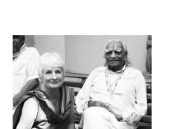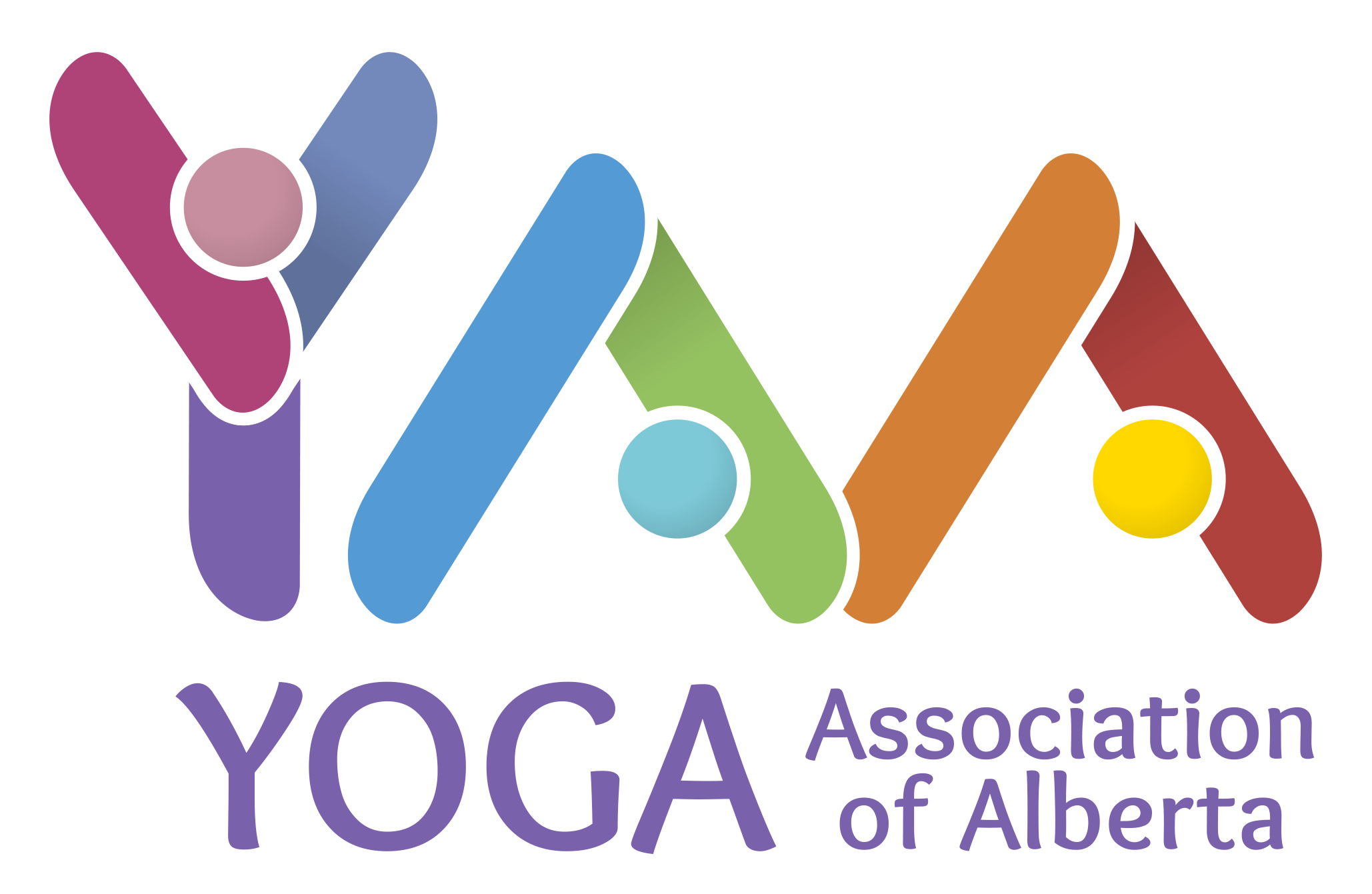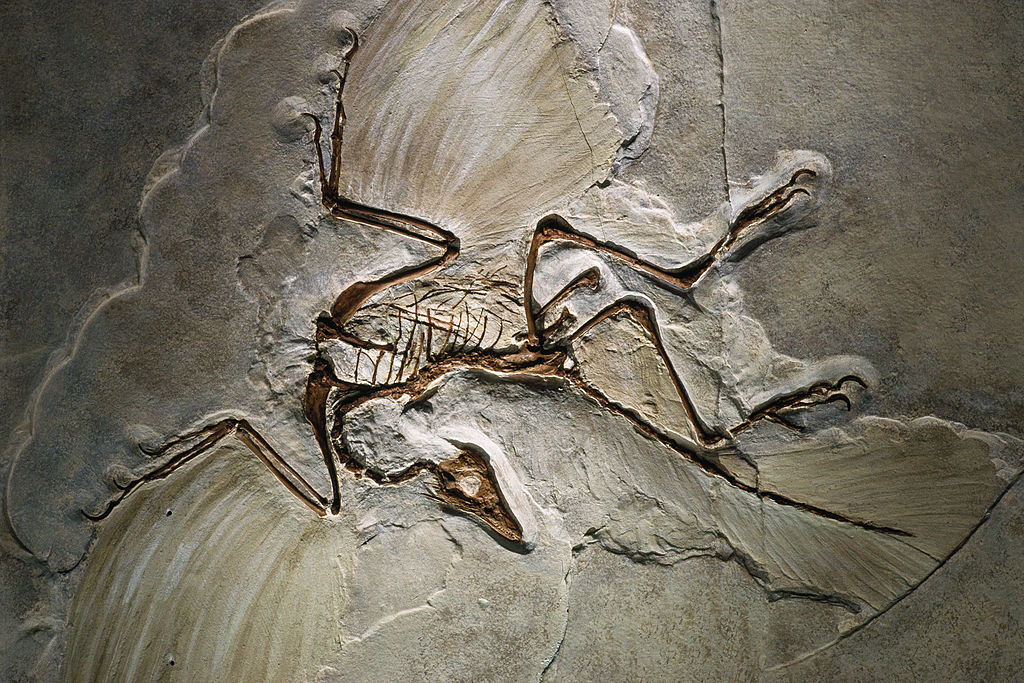Developmental Movements:
Knowing where we come from and where we are going by being present
by George McFaul
Originally published in the Spring 2024 issue of the Yoga Bridge magazine
Hope you can join us for George’s workshop on this topic at the YAA AGM April 28, 2024. Register to receive the Zoom link.
The practice and teaching of Yoga in modern times outside of India is not a straight line of migration. The extensive, diverse history of Indian philosophy and spiritual practice gave rise to numerous streams of Yoga, depending on location origin, adherence to any particular school of Yoga or spiritual practice, and the character and intentions of its main proponents and founding guru. Add to this picture the shifting influence of where the practices landed outside of India, and the cultural forces in place in those locations, and the picture diverges even further. There is, and never has been, One Yoga.
My first introduction to Yoga was academic, in the course of a Religious Studies degree at the University of Calgary. The Yoga Sutras of Patanjali, the six classical schools of Hinduism, introductory courses in Sanskrit—these formed my first impressions of Yoga as an extensive philosophical tradition that explored the nature of the connection of the individual to the cosmos. Along with this academic study, I was involved in performing and teaching theatre and dance; physical approaches to both included an introduction to Yoga through the use of the Sun Salutation as a warm up and warm down for rehearsals. This served me for many years, without taking a single class.
I began practicing Yoga in the early 1990s. At this time, in Calgary at least, the dominant form of practice was rooted in the teaching of B. K. S. Iyengar.
This dialogue comes from a 1990 interview with BKS Iyengar and Margot Kitchen at the U of A during the Canadian Iyengar Yoga Conference (https://iyengaryogavancouver.com/2021/03/04/an-interview-with-iyengar/)

“MK: You demand a great deal of your students and your teachers. In your own words you are an “intense” teacher. This is sometimes misinterpreted as aggressiveness or even violence, and I think it is time to dispel that myth.
BKS: My friend, even Patañjali has used that word. He says there are four types of teachers and four types of students. Mild teachers, mild students. Average teachers, average students. Keen teachers, keen students. Intensively intense teachers, intensively intense students. Now, if I belong to that quality of intensity as a teacher, then I will want all my pupils to be intense. If I am mild, I will definitely introduce mildness. But I did not learn anything in mildness; I had to work so intensely that I realized it is only by intense sadhana that it is possible to get the benefit of yoga, not otherwise.”
This is the style of teaching and its dominance in Yoga classes I encountered when I finally entered a yoga studio for the first time. It surprised me! This adherence to the authority of the ego of the teacher, and the intensity of correction based on that authority, bore no resemblance to the balanced philosophical outlook encountered in the academic approach, nor did it resemble anything of the individual practice I had found in my own use of Surya Namaskar. This is where my Yoga teaching studies began, and from where I have followed the practices and teachers who offered individual experience as the core of Yoga. My first certification was a two-year training through the now defunct Yoga Centre of Calgary. Though the YCC was predominantly Iyengar-based, it also invited many international teachers to offer workshops and retreats. In these teachings, we got to experience varieties of yoga that allowed for individual experience.
One of the most fruitful approaches for exploring the liberation of Yoga from dogma to individual experience of movement has for me been the Developmental Movement patterns. Essentially, this is the concept that individual development and species development mirror each other in patterns of movement: a fancy way to say it is ‘Ontogeny recapitulates Phylogeny’, or you and your species dance the same dance.
Patterns of movement that individuals go through occur in similar form and order for the species. We start as something formless/forming (underlying pattern of oscillation or vibration); we become cells in fluid that respire; we form around a centre and radiate; we reach through the senses and develop a shadow of a spine. Then we leave the water (are born) and move through the vertebrate patterns until we hopefully walk our own walk.
My first introduction to these concepts was through Donna Farhi in her teacher training programs, which I eventually taught with her. Donna did not invent the ideas, but she applied them directly to the practice of asana - asana that grow into the traditional forms we all know but that come from individual freedom of movement.
Such practice is an intersection of traditional Yoga and Somatic practice. “In somatic practices, movement becomes a method of self-inquiry and a path toward a different kind of knowledge – one that stems from physical sensations and being present with and connected to the body. Physical movements in somatic methods are often self-guided and intuitive. They can also be patterned, choreographed and demonstrated or curated by the instructor, but the emphasis stays on an individual’s own inner experience with movement rather than an outer standard. Nonjudgmental and non-competitive approaches that favour inner knowing through the body, self-compassion, and finding one’s own movements are essential in somatic movement practices.”(1)
Herein lies the value of this intersection: repeated, ritualized movements or sequences such as asana and vinyasa (e.g., Surya Namaskar or the Sun Salutation) allowing engagement in a type of deep personal witnessing that can also lead to being more aware of one’s outward actions, one’s behaviour in the larger world. As the individual practices the ritual movement, either from memory or guided by the teacher…
“You are being a witness to yourself. Engaging in a daily ritual like the Sun Salutation can serve as a ‘before and after’ observation, providing insight into your mental and physical state. You can use the Sun salutation as a ritual to regularly serve as a type of comparative inventory, whereby you are noticing changes in your body and mind. You can do this by asking yourself as you stretch up or bow down. ‘How am I doing today compared to yesterday?’ The is the heart of a somatic practice – having dialogue with your body experience, culling your body’s wisdom…The folding and unfolding of the body within the Sun Salute provides moments of inward attention and other moments where the explicit goal is to reach out into the environment – the earth, the sky, and the surrounding trees, air, water.” (2)
Essential in this kind of approach to movement in general, and specifically to yoga, is an unerring return to individual experience. Interoceptive wisdom is the qualitative, never-ending practice. The ‘form’ of the practice, be it any particular asana or vinyasa, is not the end in itself. Though these forms are the valuable, intelligent insights of thousands of years of inquiry by countless practitioners, their value is lost if the emphasis remains focused on the external expression. Even worse, when the achievement of a ‘perfect’ asana or 108 sun salutations becomes the goal, individual development is arrested and, all too often, the practice becomes one of continually pointing out the failure of the student rather than honouring their sublime and brilliant consciousness infinitely connected in a living flow of energy and information.
Consequently, this approach to Yoga practice often bears little resemblance, at least in the beginning, to what we have come to expect in ‘traditional’ classes. Exploration of the fundamental movement patterns as a grounding for Yoga Asana usually begins with variations on movement that are inspired by vibration, breath, radiating patterns, mouthing and swallowing and spinal notochord (worm-like or snake-like) movements. And these are just the water-based patterns, those that reflect our time in in-utero development or, in the evolutionary process leading to our species before we walked upon the land. Once we start to develop movement in a context of gravity on land, we sequence through patterns of yielding/pushing and reaching all six limbs (arms, legs, tail spine and head spine in various combinations (homologous, homolateral and contralateral). The ontology part is our individual movement development, which reflects the phylogeny part, meaning we move like all that we are related to—snakes, reptiles, frogs, quadrupeds, etc. We learn to slither and crawl our way to upright bipeds who can stand on their own two feet, rooted simultaneously in our collective and individual developmental histories, and in the present, connected to our unfolding future.
Such a practice may seem like the long way around to get to a better downward dog. Well, to quote Ursula K. Leguin “It is good to have an end to journey towards; but it is the journey that matters, in the end”. (3)
I look forward to seeing some of you at the AGM workshop on April 28. This workshop will be an exploration of the intersection between yoga and Developmental Movement practice. I am currently obsessed with the experience of the chakras, the Bija mantras and the neuroendocrine glands as gateways to somatic practice. We’ll start there and maybe find ourselves in an asana or two.
Endnotes:
(1). Hiie Saumaa. Dance to Heal the Heart. Integrative and Complementary Therapies.Feb 2024.23-27. http://doi.org/10.1089/ict.2023.29111.hsa
(2). Martha Eddy, Shakti Andrea Smith. Dynamic Embodiment of the Sun Salutation. Handspring Publishing, 2021, pg 26
(3). Leguin, U. . Ace Books, 1969.
Further reading:
Martha Eddy, Shakti Andrea Smith. Dynamic Embodiment of the Sun Salutation: Pathways to Balancing the Chakras and the Neuroendocrine System, Handspring Publishing, 2021
Linda Hartley. Wisdom of the Body Moving: An Introduction to Body-Mind Centering. North Atlantic Books, 1995
Donna Farhi and Leila Stuart. Pathways to a Centered Body: Gentle yoga Therapy for Core Stability, Healing Back Pain, and Moving with Ease. Cardinal Publishers Group, 2022
Bonnie Bainbridge Cohen. Sensing, Feeling and Action: the experiential anatomy of Body-Mind Centering. Contact Editions, 1993
Internet searches of such terms as ‘developmental movement patterns and yoga’, Body-mind Centering and yoga’ will result in fruitful examples and further inquiry, if desired. Included below are a couple of links for browsing, either by linking directly if you are reading this in PDF format, or for copying and pasting into your browser.
This one is a short video narrated by Bonnie Bainbridge Cohen, the founder of Body Mind Centering:
https://www.youtube.com/watch?v=1IVG_vLHtw4
This link is to the youtube channel for embodyoga, where you can find numerous videos of the movement patterns in practice as Yoga.
https://www.youtube.com/@embodyoga3455
George McFaul is a yoga teacher whose focus has evolved to teaching Yoga practices that allow anyone to experience ease in body, mind and spirit. The physical practices that support this are gentle, simple and immediately gratifying. The meditative practices are effective, guided explorations that invite individuals to welcome their unique experiences of breath, sensation, thought and joy. He can be contacted at moc.d1722046614uolci1722046614@luaf1722046614cmegr1722046614oeg1722046614.

